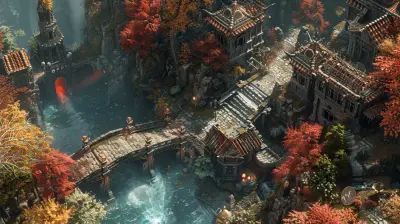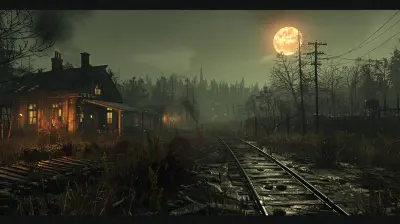The Influence of Classic Board Games in RTS Design
28 October 2025
When you think about real-time strategy (RTS) games, your mind probably jumps straight to titles like StarCraft or Age of Empires. These are masterpieces of war simulation, resource management, and tactical brilliance. But have you ever stopped to wonder, “Where did these games get their roots?” Surprisingly, they owe a lot to a genre you probably grew up with—classic board games. Yup, those old cardboard-and-plastic titans of family game night laid the foundation for the RTS genre we know and love today.
Sounds wild? Let’s break it down.
The Basics: What are RTS Games and Classic Board Games?
Before diving into the nitty-gritty, let’s make sure we’re on the same page. RTS games, as the name suggests, are strategy games played in real time—no waiting for turns. You’re managing units, building empires, and executing strategies all while your opponent is doing the same, which makes them as intense as they are cerebral.Now, classic board games? That’s a broader pool. We’re talking about strategy-heavy games like Chess, Risk, and even Settlers of Catan. They may not have real-time mechanics, but they rely heavily on strategic planning, resource management, and foresight—all principles that RTS games build on.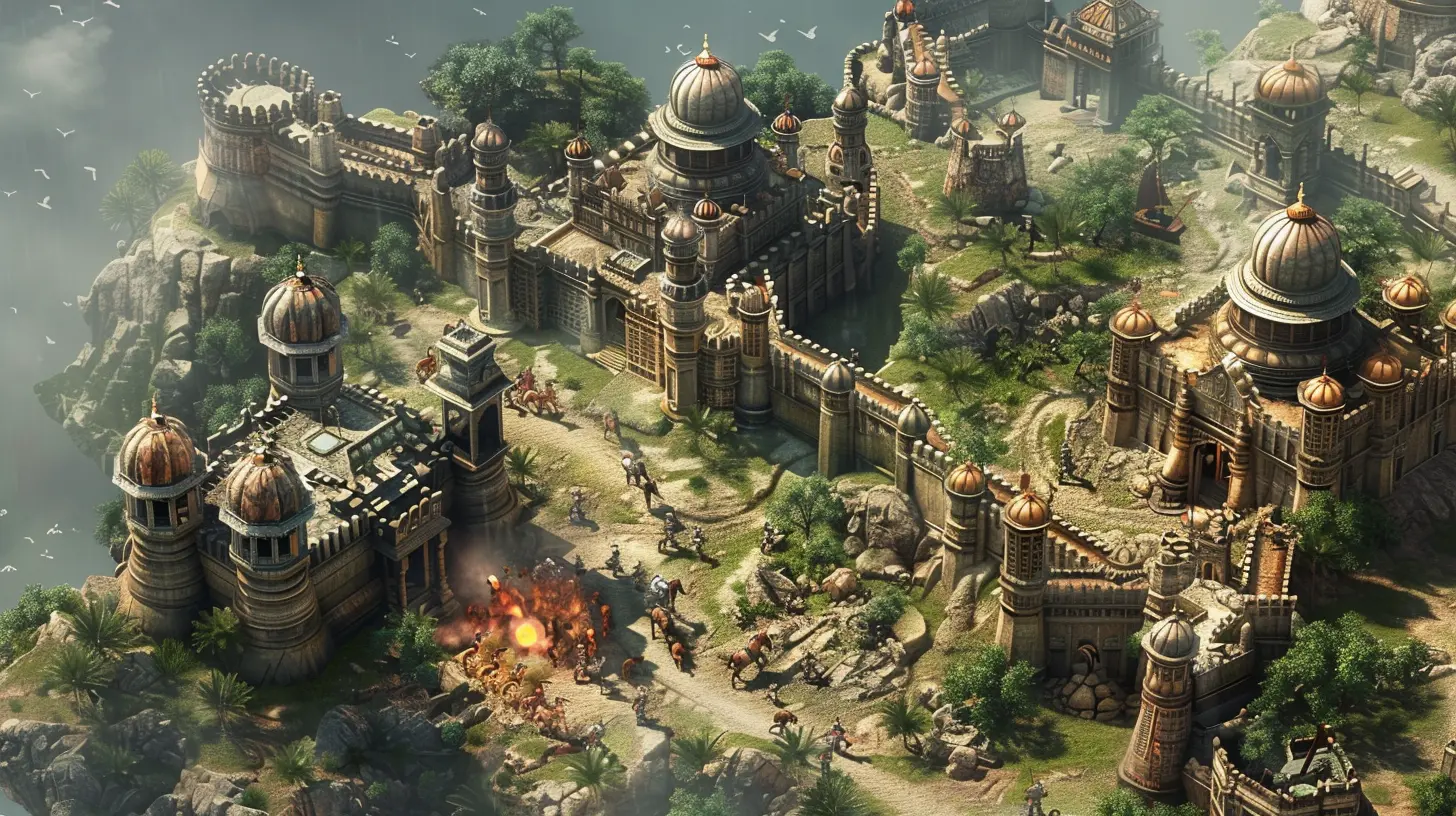
Strategic Planning: From Chess to Command Centers
Let’s start with a classic—Chess. You could argue it’s the grandfather of all strategy games, and RTS design owes it big time. Think about it: in chess, you carefully consider your moves, try to predict your opponent’s strategies, and plan several moves ahead. Sound familiar? RTS games like StarCraft evoke similar gameplay patterns, with players managing resources and orchestrating attacks while adapting to their enemies on the fly.What’s interesting is how RTS games have borrowed the idea of strategic “positions” from chess. For instance, controlling the center of the chessboard gives you more flexibility and vision, much like claiming a central resource area in an RTS game allows for better map control.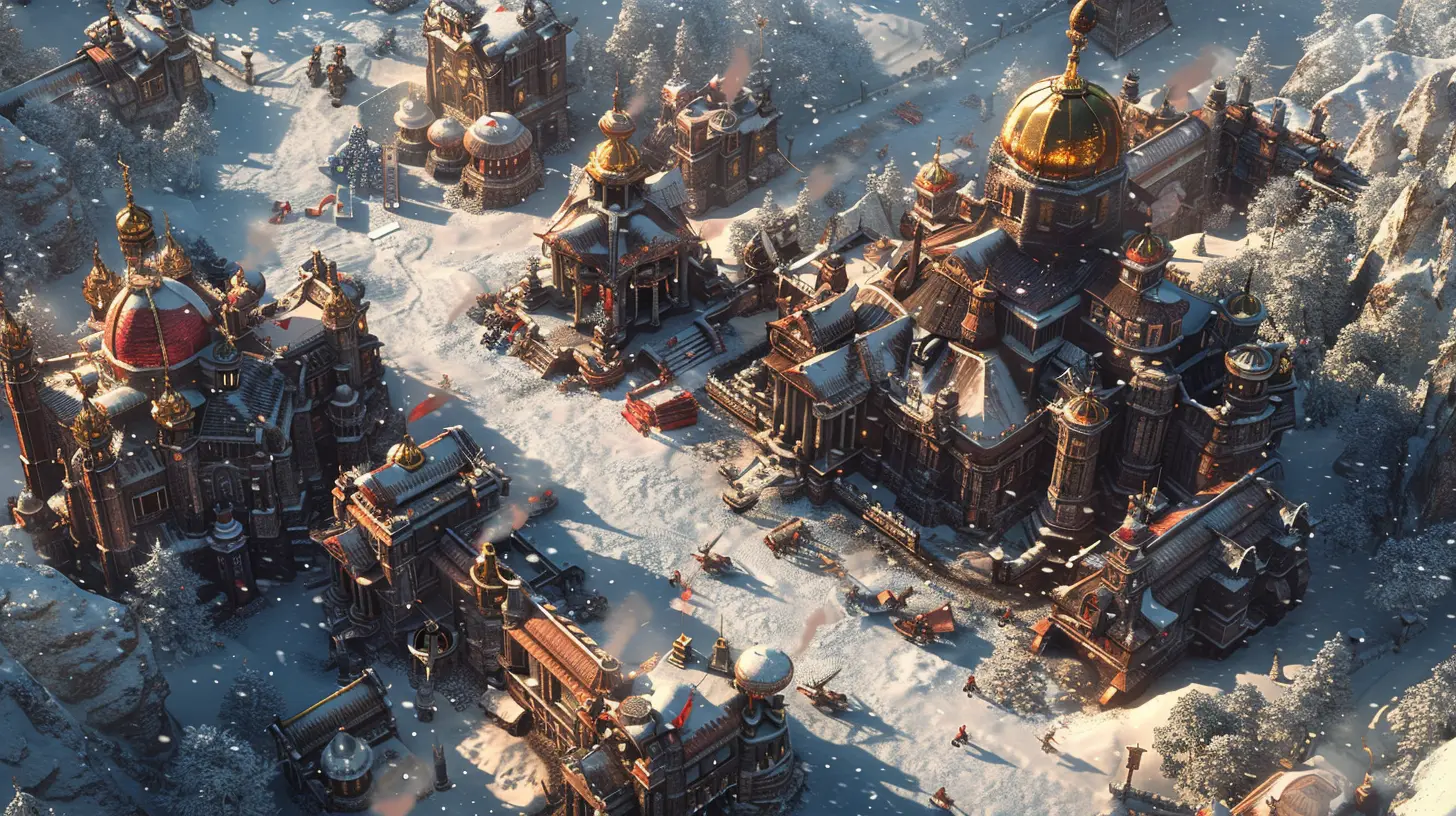
Resource Management: Lessons from Risk and Settlers of Catan
If there’s one area where board games have directly shaped RTS games, it’s resource management. Let’s take Risk, for example. At its heart, Risk is about controlling territories to gather reinforcements and executing well-timed strikes to expand dominance. Sounds like the blueprint for pretty much every RTS game, doesn’t it?Then there’s Settlers of Catan, which takes resource management to the next level. Players must collect resources like wood, brick, and ore and trade them strategically to build roads, settlements, and cities. RTS games like Age of Empires take this concept and ramp it up, requiring players to manage food, wood, gold, and stone while keeping an eye on their opponents.
The thing about resource management is that it forces you to think long-term. You can’t just burn through resources recklessly; you have to plan your economy so it sustains your war effort. RTS games took this principle and made it a core gameplay loop.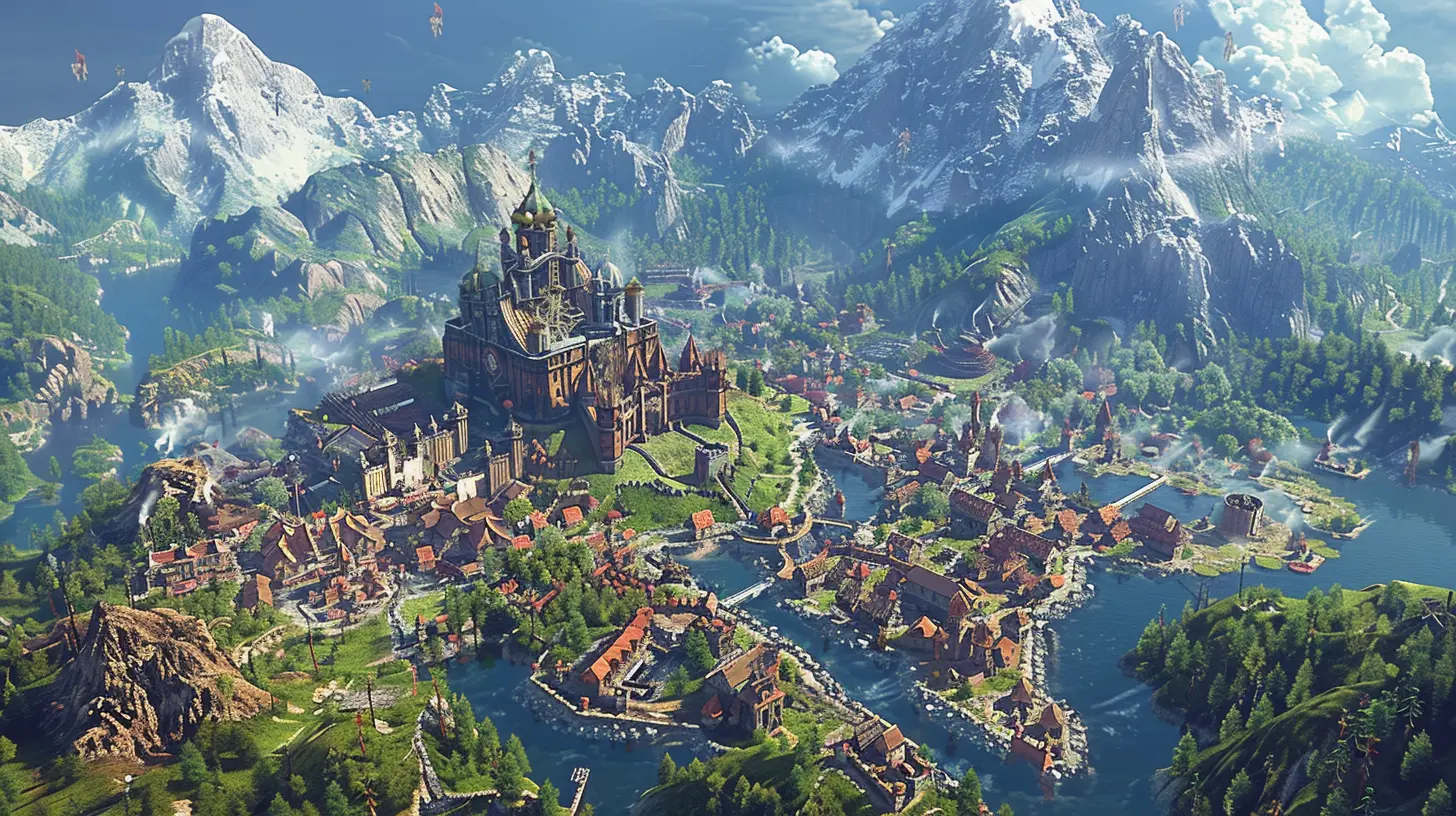
Map Awareness: The War Games Connection
Early war games like Stratego and Axis & Allies helped shape another critical aspect of RTS design—map awareness. In games like these, the battlefield isn’t just a scene; it’s a puzzle you have to solve. You need to understand chokepoints, key territories, and areas that give you an advantage.Modern RTS games implement these ideas heavily. Ever noticed how in Warcraft III or Command & Conquer, you’re always scouting for an optimal location to set up your base or ambush your enemy? That’s straight out of the board game playbook. The idea of controlling the "board" to suffocate your opponent’s options is a hallmark of both classic war games and RTS design.
Multiplayer Dynamics: Diplomacy and Bluffing
Classic board games like Diplomacy and Risk introduced human elements that are often overlooked in strategy—alliances, bluffing, and betrayals. These dynamics transformed RTS games from purely mechanical challenges into social battlegrounds.In Diplomacy, for instance, the best players aren’t the ones with the strongest armies but the ones who can manipulate and outwit their opponents. Sound familiar? RTS games with multiplayer modes like StarCraft II or Company of Heroes often reward cunning players who can bait their opponents into bad decisions. Whether it’s feinting an attack or setting up ambushes, the human element adds an unpredictable flair to RTS gameplay.
Turn-Based Roots: Pacing and Decision-Making
One could argue that the turn-based nature of classic board games contrasts with the real-time chaos of RTS games, but the two aren’t as far apart as they seem. The pacing of board games gives rise to deliberate decision-making, a feature that RTS games cleverly incorporate by forcing players to prioritize under pressure.Think about it: in an RTS match, you’re essentially deciding which “turn” to take every second—should you train more units, upgrade your tech, or attack the enemy? It’s like playing Ticket to Ride but on hyper speed. The ability to manage short-term and long-term goals, a fundamental aspect of board games, translates seamlessly into RTS design.
Accessibility Through Strategy Layers
Classic board games are often deceptively simple on the surface. Chess starts you with just 16 pieces, and Risk gives you a handful of territories—but as you play, the depth unfolds. Similarly, RTS games are built on layers of strategy. New players can enjoy the basics (like building stuff and throwing units at enemies), while veterans unlock deeper strategies and micro-manage every detail.This layering of complexity isn’t an accident. Classic board games taught designers a crucial lesson: make the game accessible but rewarding for those who dig deeper. The result? RTS games have something for everyone, whether you’re a casual builder or an esports-level tactician.
The Modern Blend: Digital Board Games and RTS Hybrids
In recent years, the line between board games and RTS games has blurred even further. Digital board games like Armello or Tabletop Simulator bring classic board game mechanics to the digital realm, while RTS-inspired games like Northgard incorporate elements like turn-based seasons and resource dice rolls.Heck, some games go full hybrid. Ever played They Are Billions? It’s an RTS with board game-level planning where timing and resource management are everything. These hybrids highlight how deeply intertwined the two genres have become over the years.
Why Board Games Still Matter
You’d think with the rise of flashy graphics and online gaming, board games would be left in the dust—but nope. They’re still inspiring some of the most innovative RTS mechanics today. Why? Because board games nail the fundamentals of strategy. They strip away the distractions and force players to focus on decisions.Designers often use board games as a testing ground. It’s like using a prototype before creating the real deal. This iterative process ensures RTS games don’t just look cool—they play well, too.
Final Thoughts: A Timeless Influence
So, what’s the takeaway here? RTS games owe a huge debt to classic board games. From strategic planning and resource management to map control and social dynamics, these foundational mechanics continue to shape how we experience real-time strategy games today.It’s easy to overlook the humble influence of a cardboard board or a handful of wooden tokens, but without these early innovations, we might never have gotten the fast-paced, brain-bending RTS experiences we enjoy now. Next time you’re micro-managing your units in StarCraft, take a moment to appreciate the strategic brilliance of games like Chess and Risk. They walked so RTS games could run.
all images in this post were generated using AI tools
Category:
Real Time StrategyAuthor:

Emery Larsen
Discussion
rate this article
1 comments
Hazel Carr
Great article! I love how you highlighted the connections between classic board games and modern RTS design. It’s fascinating to see how timeless strategies and mechanics continue to shape gameplay today. Your insights offer a fresh perspective on the evolution of game design—thank you for sharing!
November 1, 2025 at 3:56 AM

Emery Larsen
Thank you for your kind words! I'm glad you found the connections insightful. It’s exciting to explore how these timeless strategies continue to influence modern game design!
